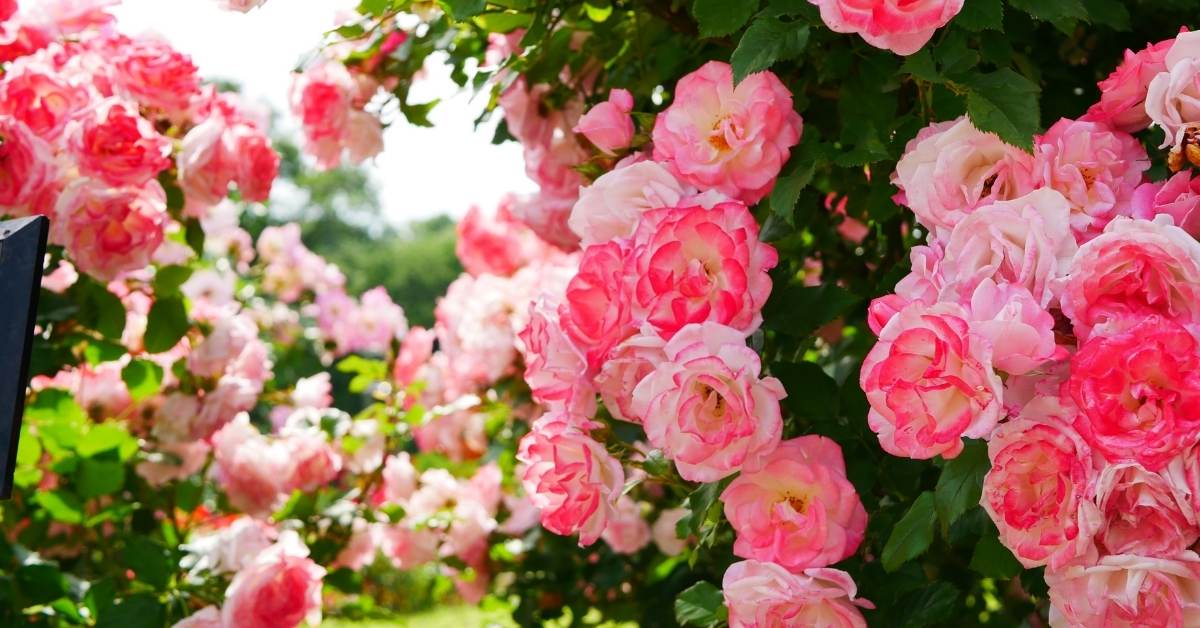“The optimist sees the rose and not its thorns; the pessimist stares at the thorns, oblivious to the rose.” ~ Kahlil Gibran.
One of the reasons some gardeners avoid roses is because they don’t want to deal with the thorns (actually, the true name for these is “prickles,” but most people commonly refer to them as “thorns”), but now that problem is taken care of by the breeding of thornless or nearly thornless roses.

Many people believe that caring for flowers is difficult enough without having your skin pierced every time you select a bloom or trim a rose bush. When it comes to enjoying the beauty of roses, true rose enthusiasts believe that a few nasty skin pricks or scrapes are nothing.
If you are a person who detests thorns, take a look at some of the newer thornless (or almost thornless) easy-care roses before you give up on roses altogether. Furthermore, these thornless roses are ideal for teaching youngsters about rose cultivation and appreciation. They are also much easier for senior citizens to handle and people who are prone to infections who must avoid broken skin.
Here are a few of my recommendations for low-maintenance thornless roses:
“Zephirine Drouhin” is an old-fashioned thornless climbing rose. It features deep, rose-pink, semi-double flowers and glossy medium grass green foliage. These lovely climbers may reach a height of twelve feet or more and are highly fragrant. From May until the end of the season, it is in full bloom. You can train this lovely rose bush to grow on a trellis, archway, or along the rails of a veranda, porch, or deck.
“Pacific Serenade” is a deep yellow miniature thornless rose. Growing to only 3 ft. this is an excellent choice for growing in containers or for young gardeners. This rose is disease resistant, remains upright, fragrant, and will produce blooms in clusters for many colors.
J.P. Connell” is a thornless, milky white shrub rose that grows to 3 feet tall and spreads approximately 5 feet wide. The dark green foliage is abundant and disease-resistant. This rose has a separate root system. Own-root roses have the benefit of becoming very robust once established. This plant is hardy to USDA Hardiness Zone 3 and is an excellent option for northern gardeners.
“Tea Clipper” features rich apricot-colored blooms on this upright shrub rose. The flowers are large (similar to peonies) and have a lovely fragrance which can be described as a mix of tea, myrrh, and fruit, although sometimes it is pure citrus in scent. It is nearly entirely free of thorns and is very healthy.
Image credit: davidaustinroses


